Kathmandu, September 9, 2025 — Nepal’s Prime Minister K.P. Sharma Oli has stepped down from office after days of violent anti-corruption protests shook the country, leaving at least 19 people dead and more than 100 injured. His resignation ends his fourth term in power and plunges the nation into a period of political uncertainty.
Youth-Led Uprising
The protests began after the government announced a sweeping ban on major social media platforms, including Facebook, X, and YouTube. Officials claimed the move was necessary to curb misinformation, but many Nepalis—especially younger generations—viewed it as a direct attack on free expression.
The ban sparked an outpouring of anger that quickly evolved into a wider movement against corruption, nepotism, and political privilege. Protesters, many of them students and young professionals, organized demonstrations across the country. In several cities, clashes erupted as security forces used tear gas, rubber bullets, and live ammunition to disperse crowds.
Oli’s Resignation
In a letter to President Ram Chandra Poudel, Oli cited the deteriorating situation and mounting unrest as reasons for his departure. His decision came even after the government attempted to ease tensions by lifting the social media ban, offering free medical treatment for the injured, and forming a 15-day commission to review the events.
Despite these measures, demonstrators continued to demand sweeping reforms, chanting slogans against corruption and attacking symbols of political authority, including the parliament building and residences of senior leaders.
Political Fallout
The prime minister’s resignation followed the earlier departure of Home Minister Ramesh Lekhak, who accepted moral responsibility for the violence. The resignations have deepened the crisis, leaving the ruling coalition in turmoil as the president now seeks a replacement to lead the government.
The army has urged citizens to remain calm, warning that further unrest could destabilize the nation. However, the protests—dubbed by some as a “Gen Z uprising”—have shown little sign of slowing, with young Nepalis demanding not just new leadership but systemic change.
What Lies Ahead
Nepal now faces a difficult transition. Political leaders are scrambling to form a new government, but protesters insist that only genuine accountability and structural reform will restore public trust. With anger still raw and youth activism at its peak, the coming weeks may determine whether the crisis paves the way for democratic renewal or deeper instability.

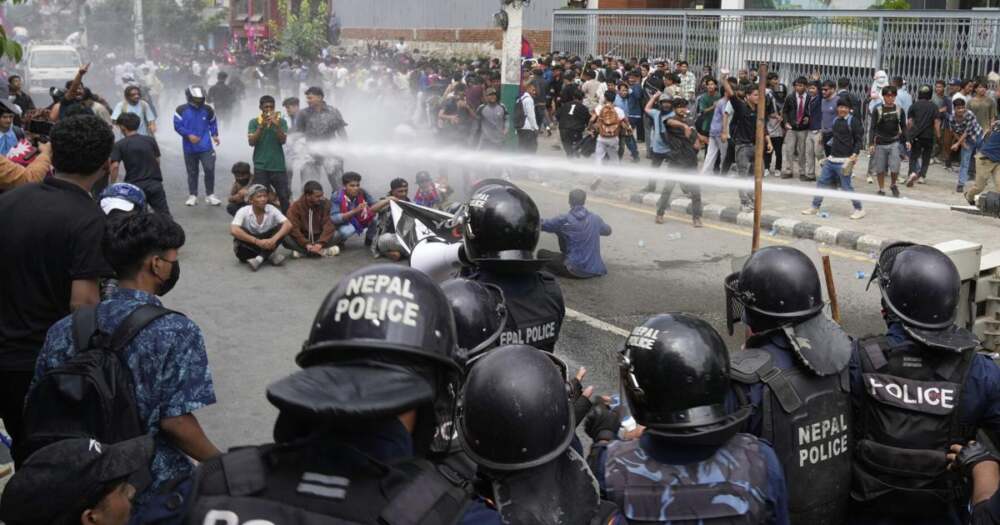
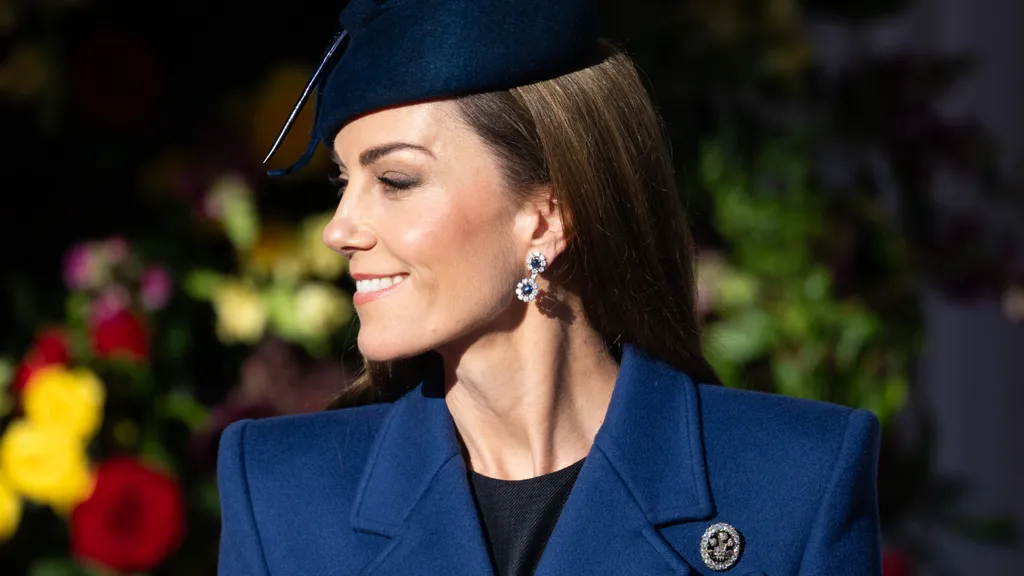
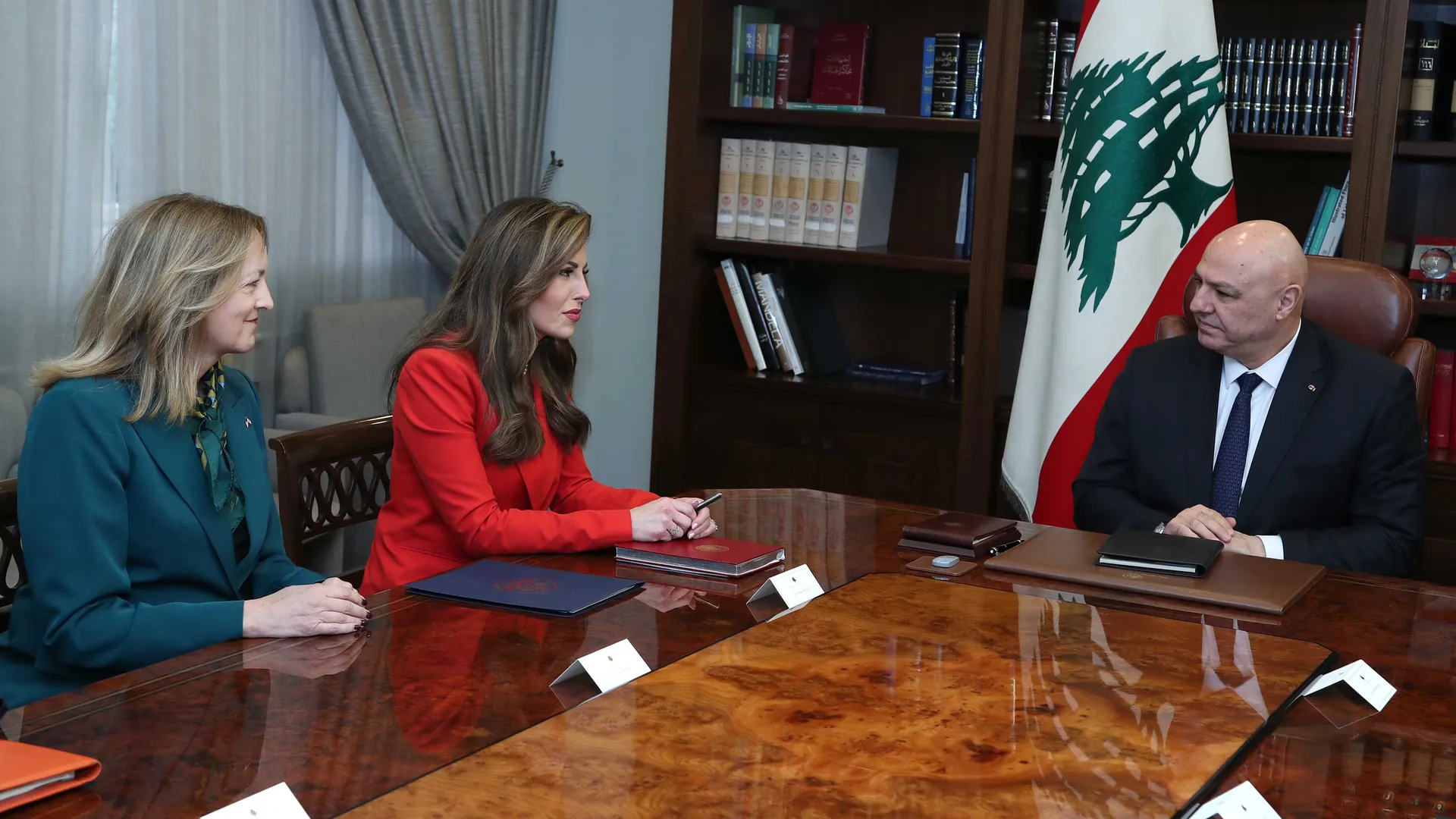

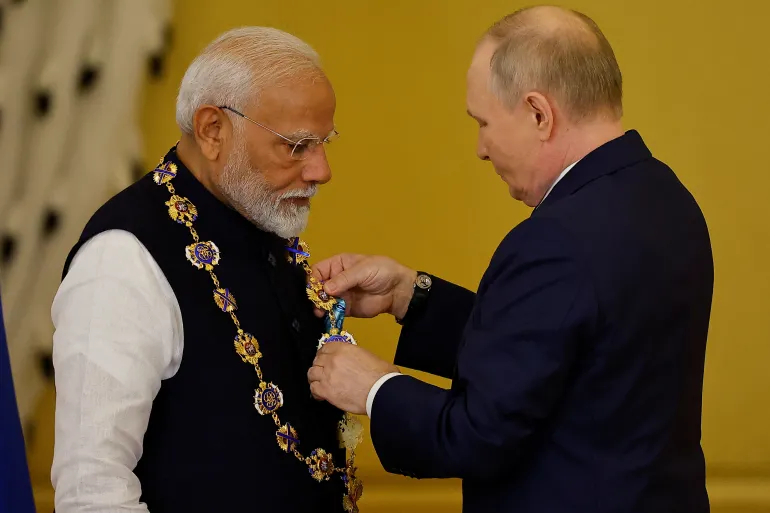

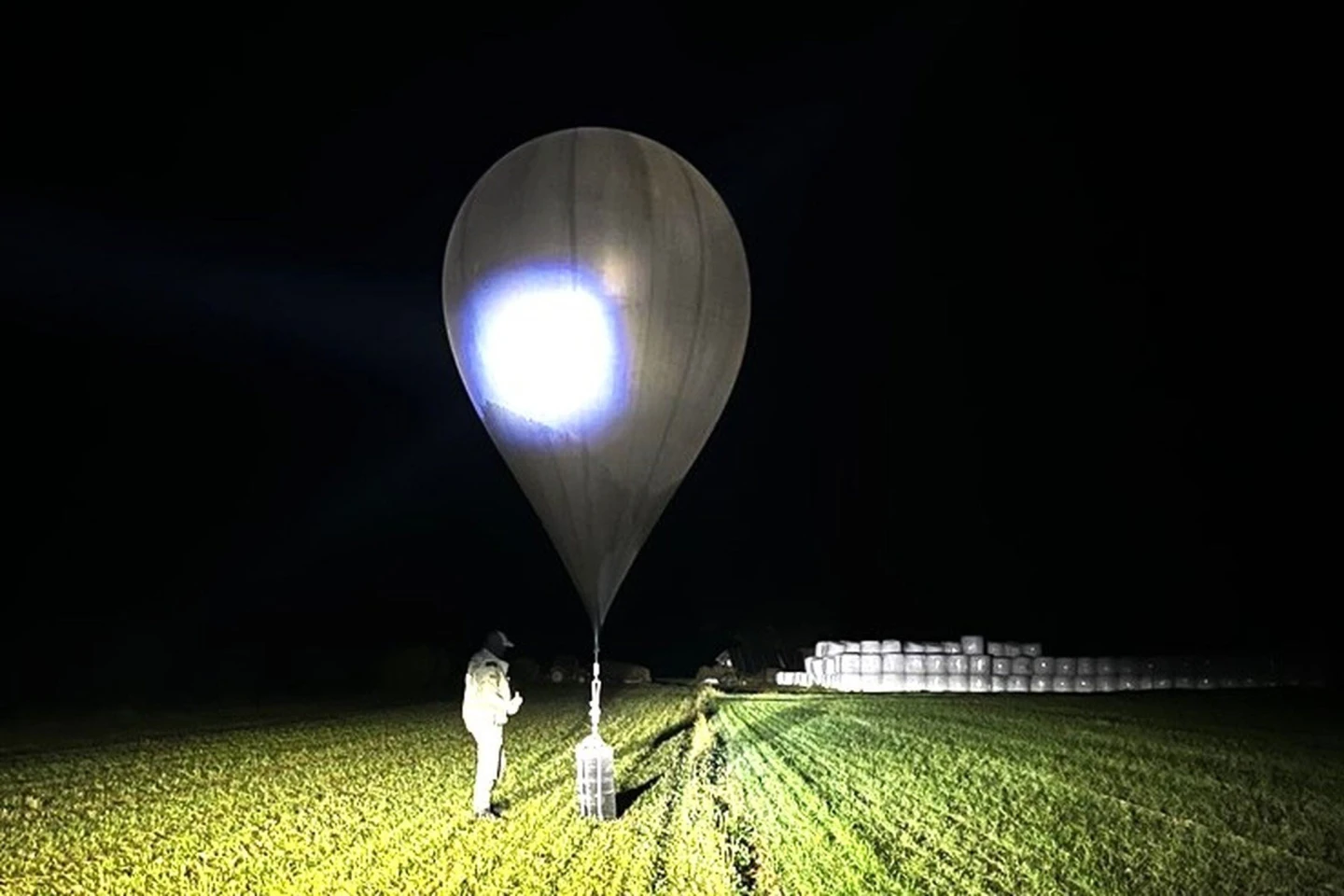
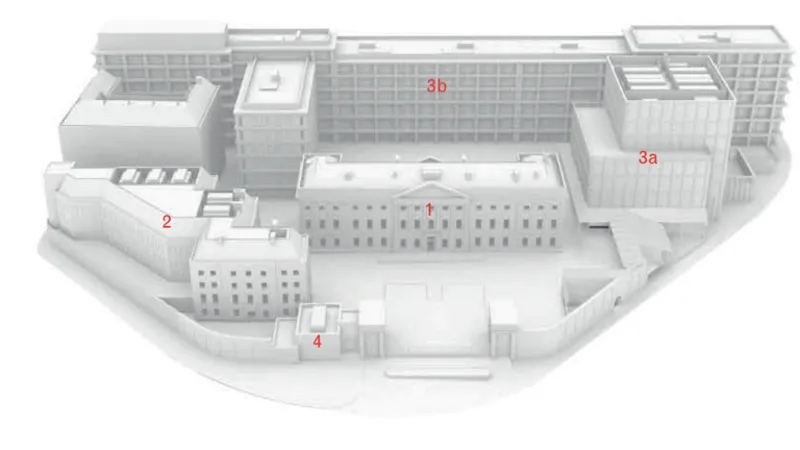

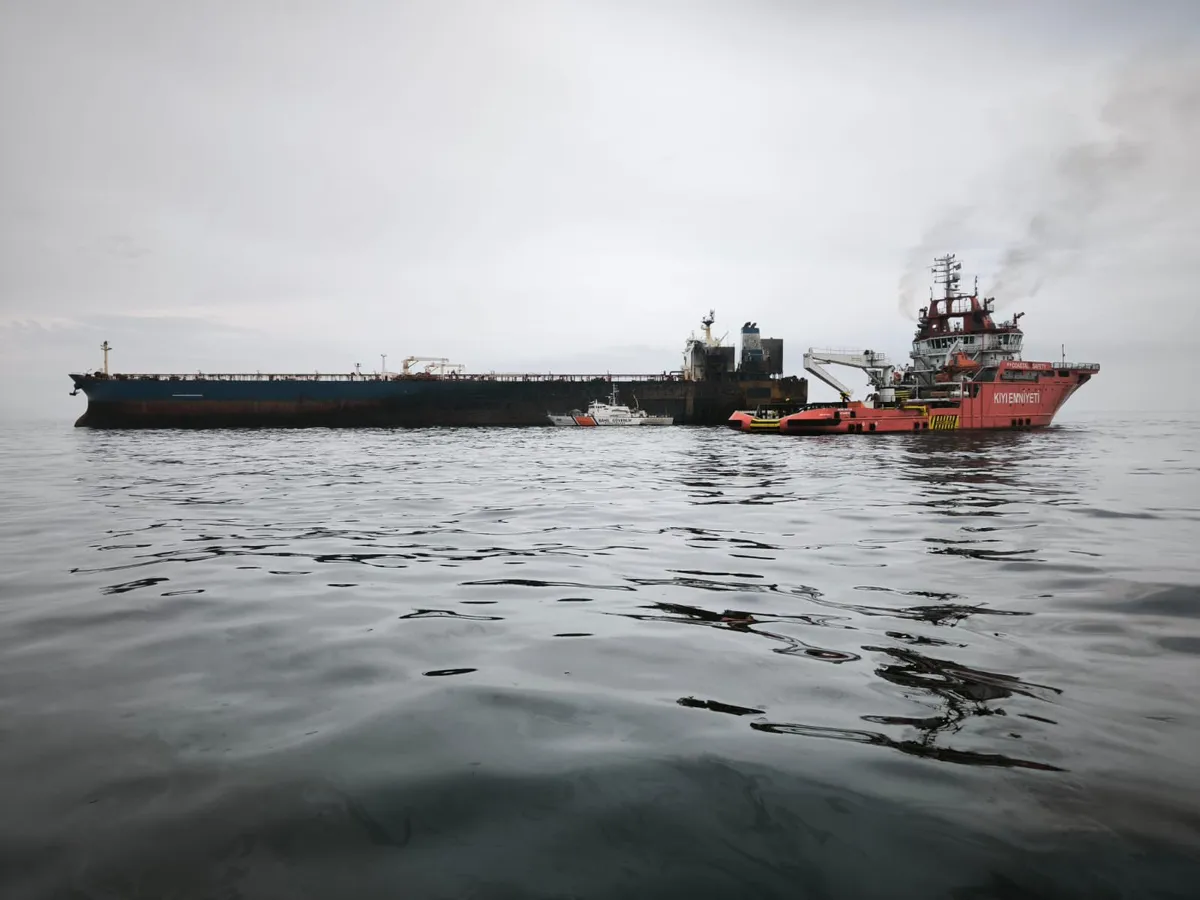




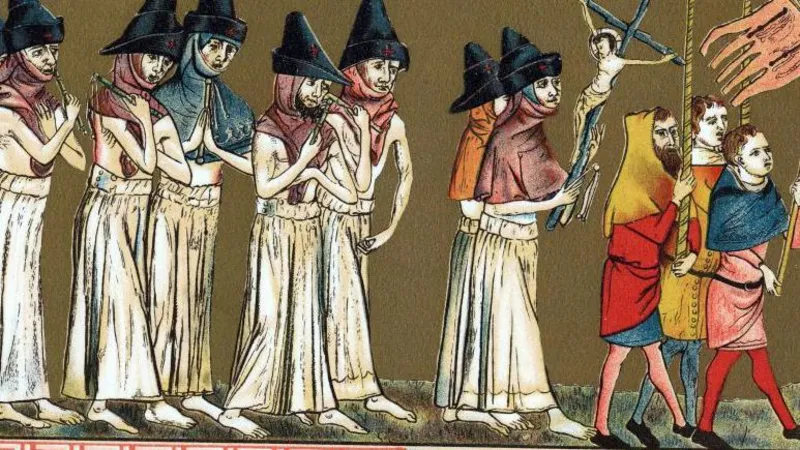
Leave a Reply